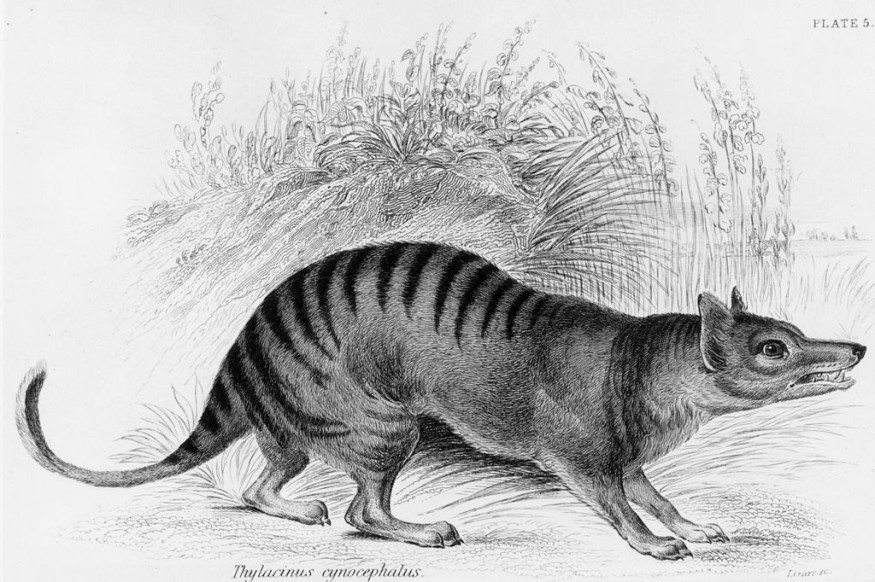The Tasmanian tiger, also called thylacine (Thylacinus cynocephalus), of mainland Australia and the islands of Tasmania and New Guinea, has long been extinct for almost a century, with the last of its kind dying while in captivity in Australia in 1936.
Since then, multiple speculations were raised regarding the status of the existence of Tasmanian tigers.
This is due to unconfirmed sightings of the Tasmanian tiger, with images on social media over recent years.
However, these accounts have not been verified.
Now, the resurrection of Tasmanian tigers is getting closer to reality as scientists mapped the full DNA genome sequence of the Tasmanian tiger's closest living relative, sparking hopes that the extinct animal could return again.
Tasmanian Tiger Extinction

Tasmanian tigers or thylacines are large carnivorous marsupials that went extinct in 1936.
The extinction of these species has been blamed on human hunting.
Prior to the extinction, there were approximately 5,000 Tasmanian tigers living in Tasmania during the European settlement in Australia.
The last Tasmanian tiger named Benjamin died while in captivity at the Beaumaris Zoo in Hobart, Tasmania, Australia.
According to the National Museum of Australia, the Tasmanian tiger's extinction was due to excessive hunting, along with diseases and destruction of their natural habitat.
Although the Tasmanian tiger population in mainland Australia became extinct 3,000 years ago, a separate group of marsupials was separated into Tasmania due to a rising sea level 14,000 years ago.
This second group will be the last members of the thylacines until their extinction.
During the era of colonization in Australia, European settlers perceived the Tasmanian tigers as a threat to the sheep industry in Tasmania.
As a result, its government led a campaign to eradicate the population of the thylacines, offering a bounty of £1.00 Euro for each animal killed, as per a study published in the journal Nature Ecology & Evolution in 2017.
Unconfirmed Sightings of Tasmanian Tigers
Since the onset of the Tasmanian tiger's extinction, there have been unconfirmed sightings of the now-extinct thylacines.
The majority of these sightings were taken with images posted on social media over recent years, as per The New York Times.
However, reports said that these sightings are not verified and the Tasmanian tigers remain extinct until now.
In light of the breakthrough discovery, scientists are hoping to use the DNA from a fully mapped genome sequence of the thylacine's closest cousin as a blueprint to resurrect them, as per 9News Australia.
DNA, Genome Sequence: Current Developments
Scientists are attempting to resurrect the Tasmanian tigers by mapping the full genome sequence of the DNA of the numbats, the Tasmanian tiger's closest living relatives.
Like the Tasmanian tigers, the numbats are also called thylacines.
Both the Tasmanian tigers and the numbats evolved from a common ancestor that lived approximately 41 million and 35 million years ago.
Scientists are hoping that the DNA profile of numbats can be used to resurrect the Tasmanian tigers in a process known as 'cloning.'
Related article: Humans Alone Responsible for Tasmanian Tiger Extinction: Study
© 2025 NatureWorldNews.com All rights reserved. Do not reproduce without permission.





